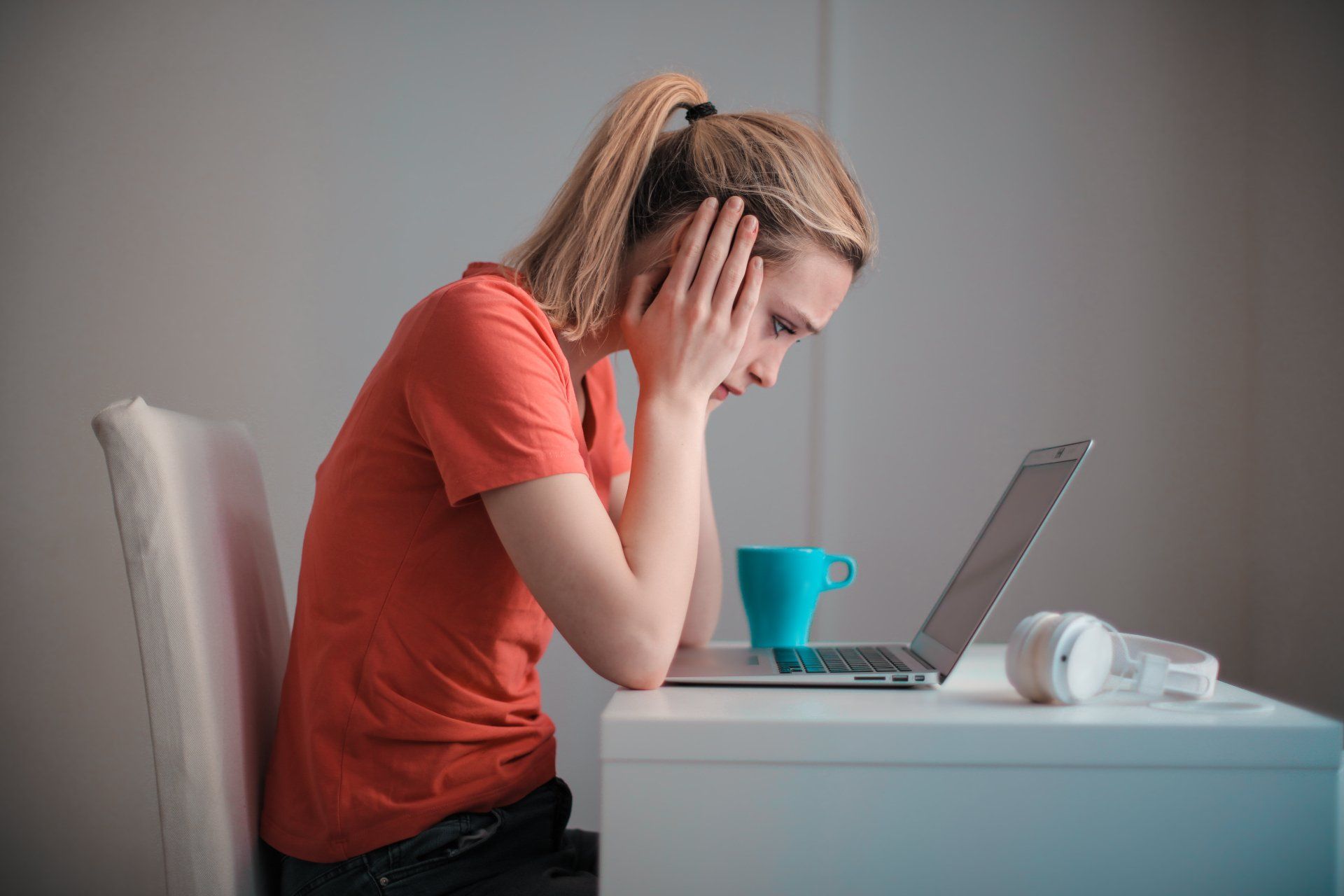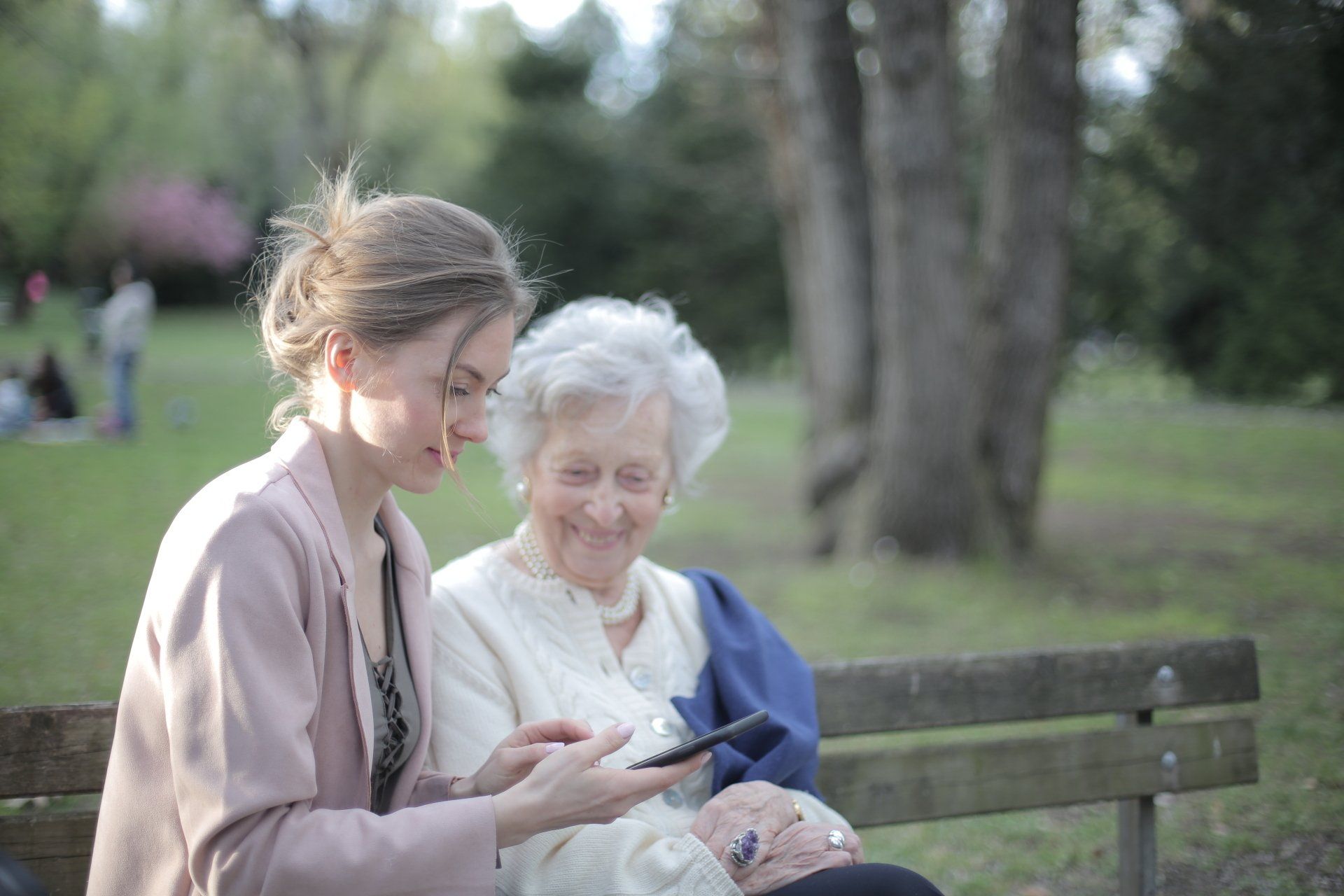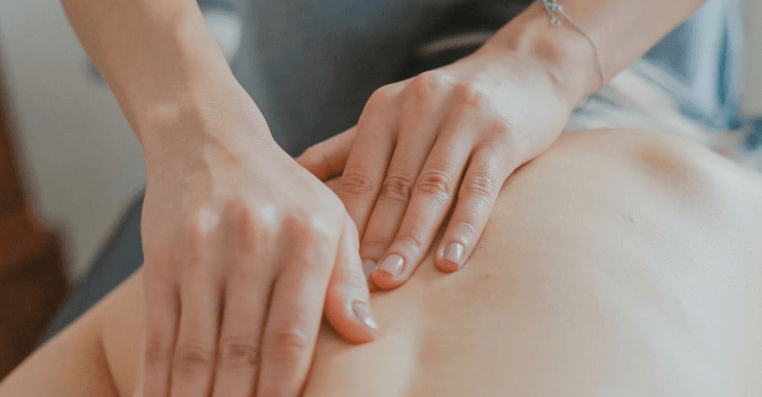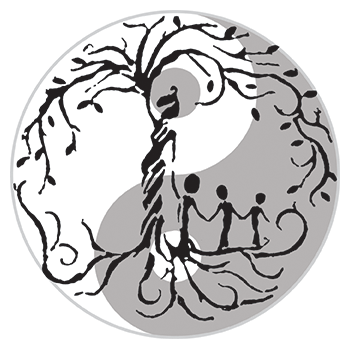Blog Layout
Danielle Speciale • April 20, 2020
Around the World in 2500 Years: The History and Origin of Acupuncture
Acupuncture is a form of treatment -- and a key component of traditional Chinese medicine -- that involves inserting thin needles through the skin at particular points on the body. Research suggests that triggering these points can bring the energy flow back into proper balance, relieving pain and addressing medical conditions such as musculoskeletal issues, anxiety and depression, infertility, GI disorders, migraines, and more.
Let's take a look back at the history and origins of this practice.
China: Pre-Common Era
Acupuncture procedures have been used by the Chinese and in other East Asian cultures to restore and maintain health and well-being for roughly 2,500 years. The earliest known medical account of these traditional Chinese medicine techniques is recorded in The Yellow Emperor's Classic of Internal Medicine from the Han Dynasty (206 BCE to 220 ACE).
Documentation has been found suggesting that the use of sharpened stones and bones to puncture the skin was present in 6,000 BCE, prior to the Han Dynasty. However, while some anthropologists interpret this to be an early form of acupuncture, others propose that these were merely surgical tools for draining abscesses and drawing blood.
The Yellow Emperor's Classic of Internal Medicine is the first document that unequivocally describes an organized method of diagnosis and treatment that we recognize today as acupuncture. The text illustrates the concepts of channels in which the Qi (life force) flows, though the exact anatomical locations of these acupuncture points weren't developed until later.
China: Ming Dynasty
The practice of acupuncture was developed over the next few centuries and eventually became one of the most common traditional Chinese medicine techniques. During the Ming Dynasty (1368-1644), The Great Compendium of Acupuncture and Moxibustion was published, teaching the principles of acupuncture that inform our current methods. The text describes the 300-plus points that are considered openings to the channels in which needles are inserted to control the flow of Qi.
Europe: 17th-19th Centuries
Traditional Chinese medicine made its way West in the second half of the 17th century, at which time the surgeon-general of the Dutch East India Company met Japanese and Chinese acupuncture practitioners and published the first detailed description of the practice for a European audience, coining the term "acupuncture" in his 1683 text. France was an early adopter of acupuncture in the West as Jesuit missionaries brought the treatment to French clinics. And French doctor Louis Berlioz is credited as the first person to truly experiment with the acupuncture in Europe in 1810.
United States: 20th Century
Acupuncture reached the United States after President Nixon’s trip to China in 1972. That same year, the U.S.'s first legal acupuncture center was established, and in 1973, the IRS announced that acupuncture procedures
could be deducted as a medical expense. In 1995, the U.S. Food and Drug Administration (FDA) officially classified acupuncture needles as medical instruments. Just two years later, in 1997, the National Institutes of Health (NIH) recognized acupuncture as an effective therapy for a number of health conditions.
Though acupuncture procedures originated in China, the practice is used throughout the world today. In fact, approximately 14 million Americans have reportedly used or currently use acupuncture treatments. If you want to learn more, or you're looking for acupuncture in Smithtown NY, contact Just Enjoy Life today!

March 29, 2024
Another choice to make. Another decision to make. When does it end? Does it ever feel as if you have a million decisions to make in a day, only to hit repeat for the next day? Then your spouse/friend/ partner asks what you would like for dinner and the all too famous answer of “i don’t care” or “ I don’t know” comes out. If this sounds like you, you might be suffering from what’s called, decision fatigue. Yes, this is a real thing.

March 28, 2024
Are you in that sandwich generation where you still have young children who need your care and aging parents who also need your care? Whether you live with the person that you are caring for or spend time traveling to them to provide care, it can be taxing on you as a caregiver. All too often caregivers “forget” to take care of themselves or put themselves at the bottom of the priority list

By Danielle Speciale
•
March 26, 2020
If you've never had a massage before, you're actually not alone. Though it may seem like everyone you know has had a massage before, in fact it's only become commonplace relatively recently. A July 2018 report revealed that 21% of women and 16% of men had experienced a massage in the last twelve months. Why haven't more people tried out massage therapy treatments? Well, for one thing, massage therapy is still in many ways misunderstood, and seen as something that is purely indulgent, a splurge without deeper benefits. In fact, massage therapy has benefits that are not only mental but physical. Furthermore, the mental health benefits surrounding massage therapy should not be discounted. Those that have benefited from massage therapy treatments realize that massages should not merely be experienced on a birthday or special occasion. Rather, they should be a regular part of an individual's health and fitness routine. Furthermore, massage therapists can offer targeted treatments that center on specific ailments. If you've yet to experience the kind of results you want through traditional medicine, or if you simply want to supplement your regular routine, massage therapy should be considered. However, you'll discover that the more you know about massage therapy before starting a treatment plan, the better your results will be. 1. Pain Reduction The fact is that one of the most common uses of massage therapy is pain reduction and management. It's important to remember that massages ultimately work on the muscles. This means that while massage therapy can't treat an illness that takes up residence in the bones or blood, and isn't recommended as a "cure all", it can aid in the reduction and management of muscle pain. Massages relax muscles that are unnecessarily tense in a natural way. Furthermore, this can be a great alternative to more heavy duty pain medications, which in recent years have been linked to the rise in dependence on prescription drugs. Even if the pain you're experiencing is not a symptom of a more devastating illness or energy, it can lead to more serious issues down the road. Massage therapy treatments allow patients to avoid these risks. There are, of course, additional benefits as well. A trained massage therapist will have the ability to treat pain in specific areas, which is something that can't necessarily be accomplished through medications. 2. Stress Treatment Stress and anxiety are experienced by a huge number of people across the country. Many Americans suffer from specific anxiety disorders, which can be treated through talk therapy and medications. However, for multiple reasons lots of people either don't get enough out of their medications, or would rather avoid them altogether. As previously mentioned, some people struggle with prescription medications, and would rather seek out holistic treatments and therapies. An experienced massage therapist can supply the kind of treatments for stress and anxiety disorders that can either supplement or in some cases replace the typical chemical treatments. It's important in all cases to do this in conjunction with a doctor's advice. Be open with your massage therapist about the issues that you're trying to treat, as well as your general medical history. 3. Flexibility There's a reason why many high profile athletes work with massage therapists. Massage therapy is used to help increase flexibility, which can become increasingly limited as athletes grow older. Flexibility is important in virtually every sport, with dancers and gymnasts, in particular, needing a high degree of flexibility that is difficult to accomplish without a strict training and treatment regiment, often including massage therapy. Massage therapists are certainly the only people truly qualified to apply the kinds of intensive therapies that athletes require. Remember that it's usually not enough for athletes to simply take on massage therapy well into their careers. They should begin as young people, and progress from there. Ultimately, it's up to you to decide whether or not massage therapy is worth the time and investment. However, people have experienced real results through massage therapy, and it's important to remember that you can treat issues your body is experiencing with more than just chemically processed medications. Alternative treatments are available!
CONTACT
Smithtown, NY
OPENING HOURS
Available 7 Days a Week
Open Hours by Appointment Only
OPENING HOURS
Available 7 Days a Week
Open Hours by Appointment Only
© 2025
Just Enjoy Life | Privacy Policy & Accessibility | All Rights Reserved | Powered by PS Digital
